#Historicism
Text


Natural History Museum, Vienna 2024 / anikareisa
#I love how Vienna has both light and dark academia vibes#so inspiring#dark academia#dark acadamia aesthetic#light academia#mine#museum#architecture#renaissance#historicism#vienna#austria#original photography#photographers on tumblr
81 notes
·
View notes
Text

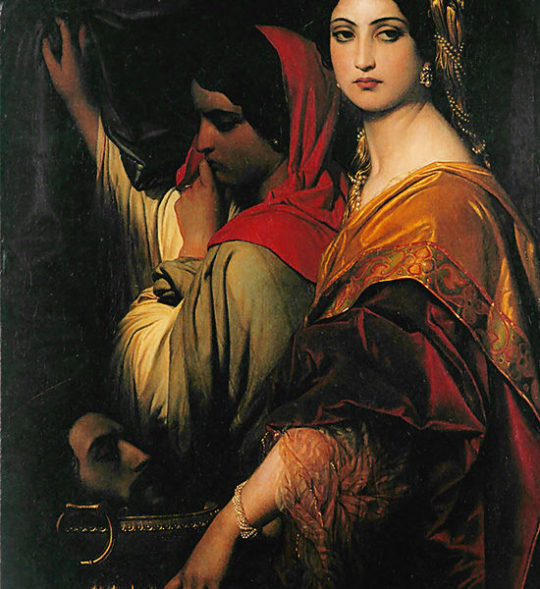
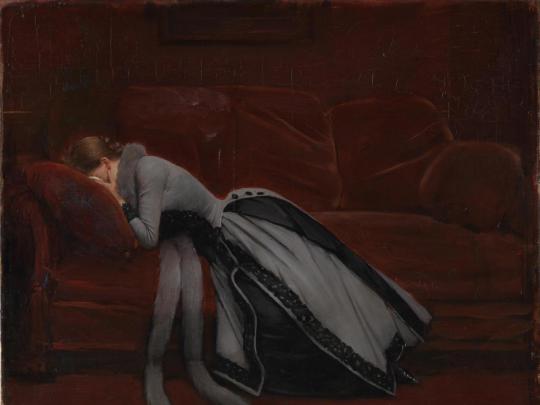


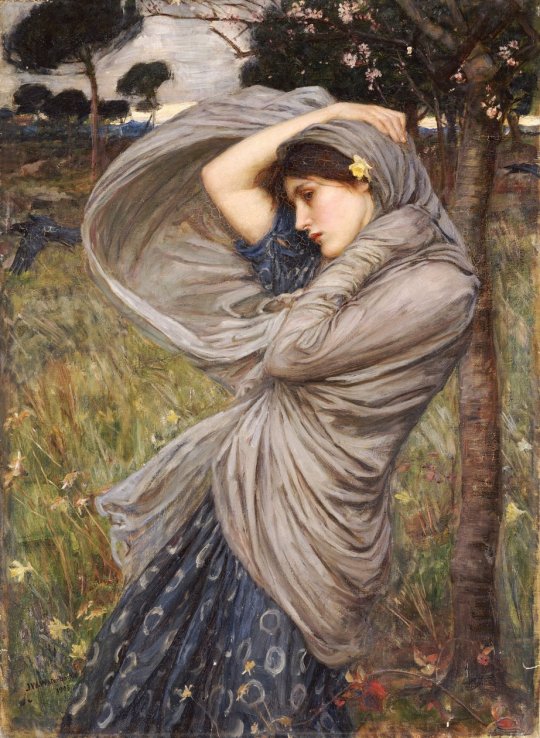

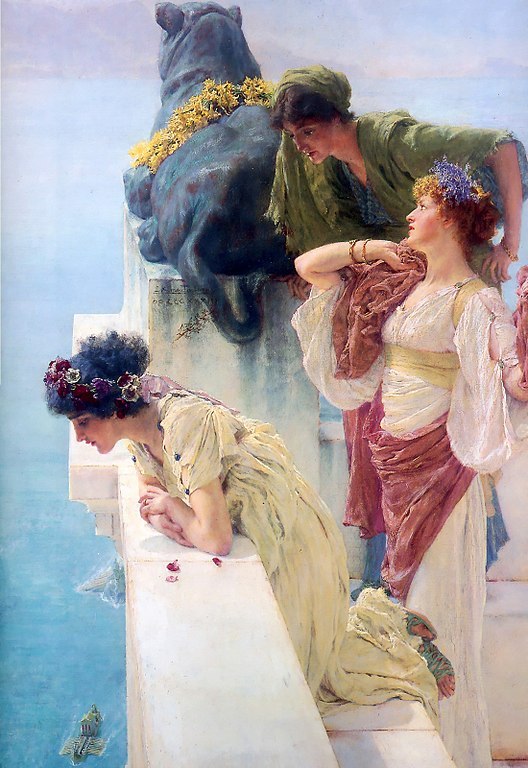

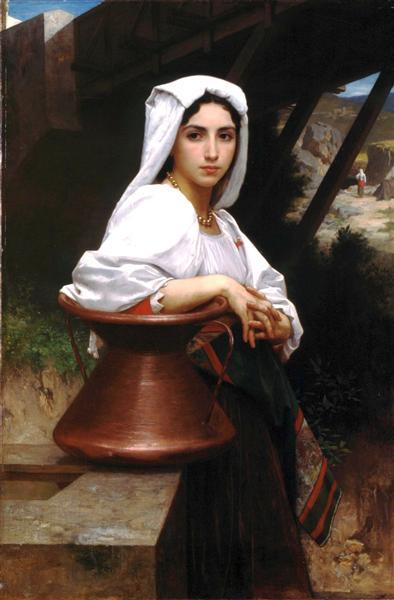
academic art
#academic art#art#artist#european style#french style#french#oil painting#painting#oil on canvas#flaming june#charlotte corday#the bubble boy#coign of vantage#boreas#herodias#young martyr#phaedra#after the misdeed#italian girl drawing water#light academism#dark academism#academism#l'art pompier#eclecticism#historicism#syncretism#sculpture#19th century#realism#romantacism
33 notes
·
View notes
Note
Do you see history fundamentally moving in a linear or cyclical direction?
The belief that human history is necessarily linear or that it is necessarily cyclical conflicts with the notion of human beings as free will agents who determine their own destiny. So I do not embrace either one. The first belief (historicism) is in my opinion the more dangerous of the two. It is no accident that the ideas of the philosopher GWF Hegel serve as the framework of the most popular system of Socialism in existence: Marxism. The idea of inevitable linear historical progress gives man a passive role in his own story, and with a passive role comes a passive attitude, which is precisely what the authoritarian desires. A society that believes that its destiny is the product of greater forces has no reason to protect or to design its destiny. And when the people do not pilot their own society the state will do so (and not “history”).
The view that history is necessarily cyclical (Nietzsche) is one that I believe is based in despair, and it is once again inconsistent with the idea of human self determination. Now to be clear, I am not claiming that history cannot turn out to be either cyclical or linear, I am saying that it is not necessarily so. I believe that cycles can be broken (even though that can be deeply challenging) and I believe that progress is not inevitable.
37 notes
·
View notes
Text

Evening glow · Zurich 2023
29 notes
·
View notes
Text

The Secret Salon
The Late 19th Century: A Time of Change in Art and Culture
The late 19th century was marked by profound cultural, technological, and societal changes. While movements like Historicism, Academicism, and Symbolism dominated the art world, a hidden subculture of LGBT artists also emerged, meeting in private salons and circles to explore their identities.
Historicism and Academicism Historicism focused on reviving past styles such as Gothic and Renaissance. In architecture and painting, historical themes were used to create dramatic or heroic effects. A prominent figure was the Austrian painter Hans Makart, known for his opulent historical paintings.
At the same time, Academicism flourished, supported by the art academies. This movement valued technical perfection and the depiction of idealized bodies. Artists like Jean-Léon Gérôme and William-Adolphe Bouguereau created works influenced by mythological and erotic themes. Sensuality played a central role, particularly in depictions of male and female beauty.
Secret LGBT Gatherings and Artistic Salons While these artistic movements were celebrated publicly, private salons emerged where LGBT artists and intellectuals met. In cities like Paris, Berlin, and Vienna, these gatherings took place behind closed doors, as homosexuality was socially taboo. Such salons provided a safe space for intimate and sensual encounters as well as the exchange of ideas.
Oscar Wilde and Magnus Hirschfeld were well-known figures who used these spaces to freely explore their sexuality and art. These gatherings often became moments of inspiration, celebrating both artistic and social freedom.
Symbolism: Exploring the Mystical and the Sensual Symbolism emerged as a counter-movement to Academicism, seeking new ways to explore the deeper, spiritual aspects of human experience. Artists like Gustave Moreau and Arnold Böcklin focused on allegorical and mystical themes, often incorporating erotic undertones.
Gustav Klimt combined both sensual and mystical elements in works like "The Kiss," creating an artistic fusion of sexuality and transcendence.
Conclusion The late 19th century was a time of change and contradictions: while the art world was dominated by traditional movements like Historicism and Academicism, hidden LGBT artist circles explored new forms of sensuality and artistic expression through intimate gatherings and salons. This era marked a transition into modernity and laid the groundwork for the radical artistic innovations of the 20th century.
Text supported by GPT-4o
Image generated with SD1.5. Overworked with inpainting (SD1.5/SDXL) and composing.
11 notes
·
View notes
Text
ℑ'𝔩𝔩 𝔰𝔥𝔬𝔴 𝔶𝔬𝔲 𝔞𝔭𝔞𝔯𝔱𝔪𝔢𝔫𝔱 𝔥𝔦𝔰𝔱𝔬𝔯𝔦𝔠𝔦𝔰𝔪🏛️

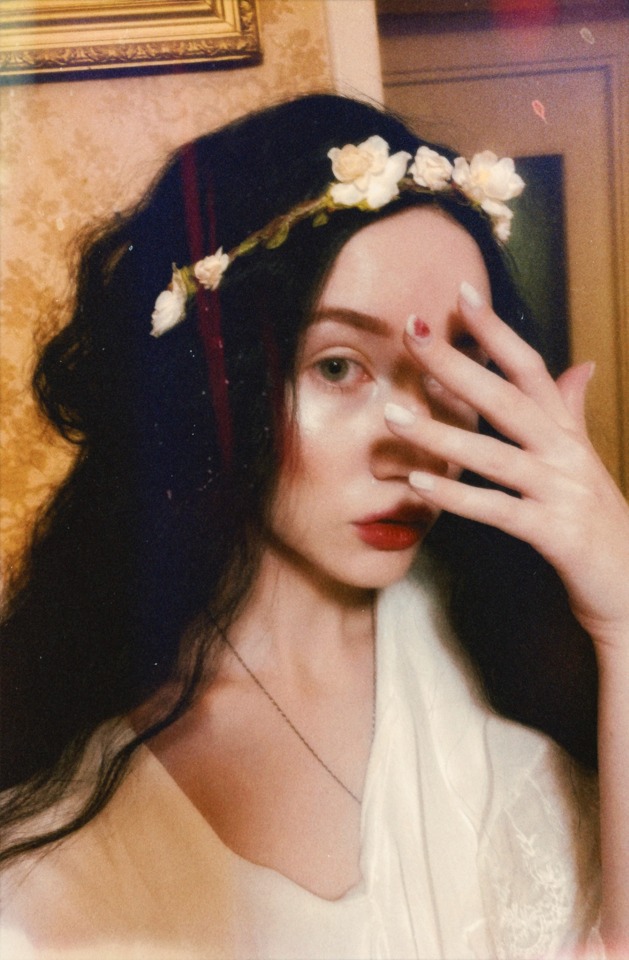

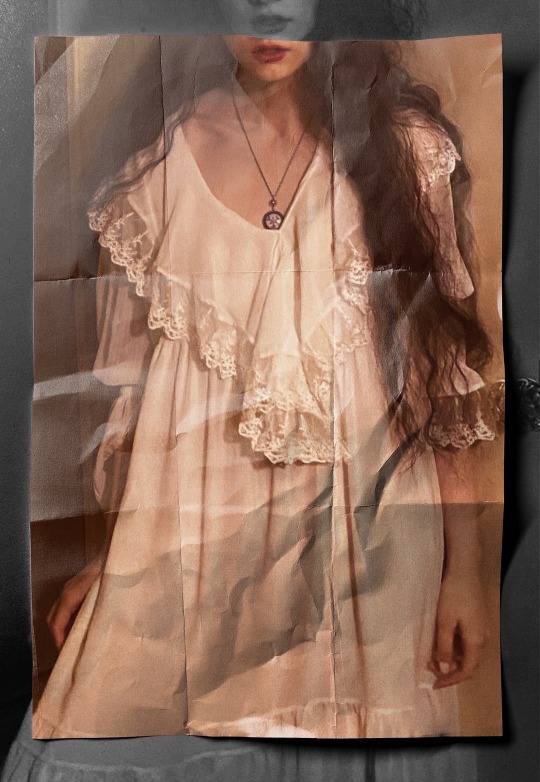
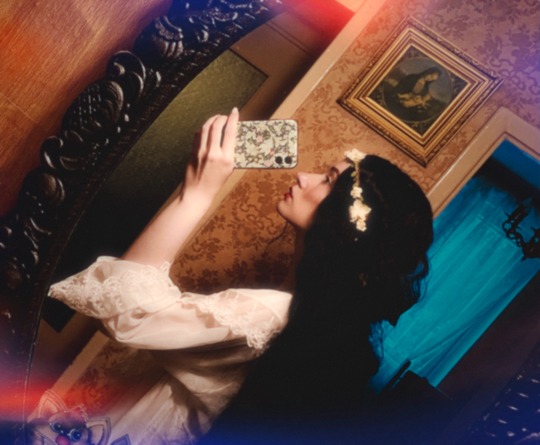
#historical fashion#vintagecore#antique fashion#antiquecore#vintage aesthetic#dark acamedia#classicism#japanese street fashion#historicism#jfasion#19th century#romanticism#old fashioned#historical clothing
7 notes
·
View notes
Text
Manor Diorama Build


A Minecraft recreation I did of a Lithuanian palace. Since I didn't do many environments for buildings, I did a little diorama type thing for this one to not have to recreate a huge chunk of the surroundings.
#minecraft#minecraft build#architecture#diorama#blender render#blender#lithuania#manor#low poly#neoclassical#neoclassicism#mineblr#historicism#charon's builds
5 notes
·
View notes
Text

Monument à Christine de Lalaing, Tournai, Province du Hainaut, Belgique
#Christine de Lalaing#sculpture#historicism#medievalism#romanticism#19th century art#art#art history#Europe#Belgium#Hainaut#Tournai
3 notes
·
View notes
Photo
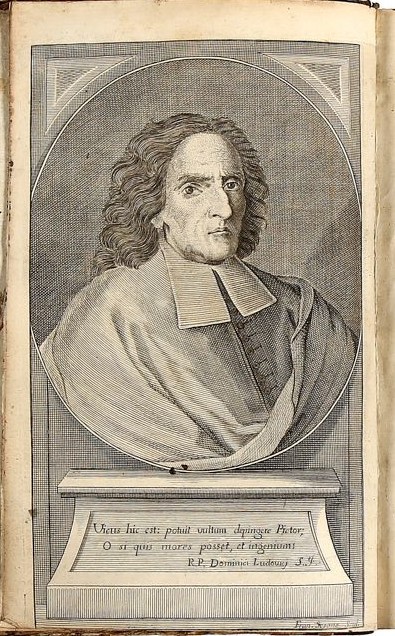

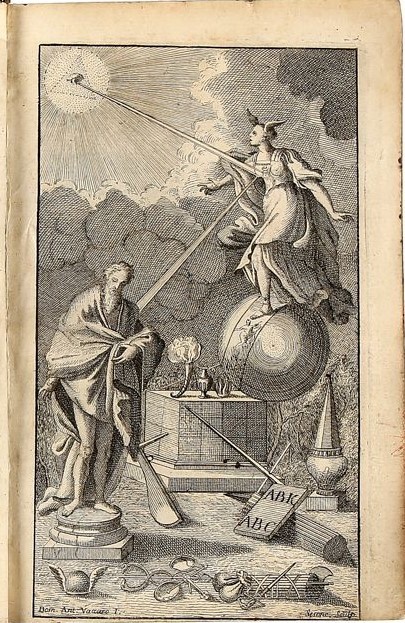

Giambattista Vico – Scientist of the Day
Giambattista Vico, an Italian philosopher, was born June 23, 1668, in Naples.
Learn more
#Giambattista Vico#historical thought#historicism#histsci#histSTM#18th century#history of science#Ashworth#Scientist of the Day
23 notes
·
View notes
Text
Servus
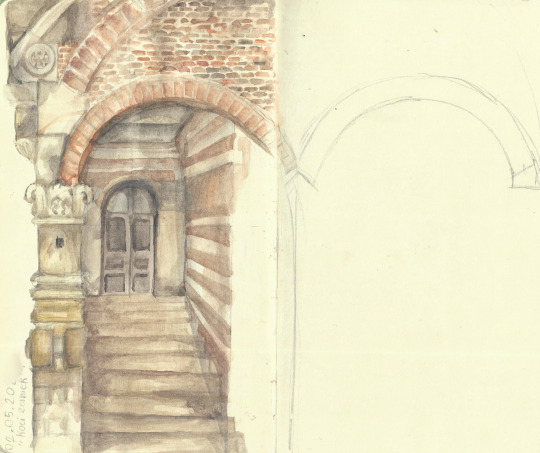

Aquarelle painting of a building designed by Teodor Talowksi I did way back in May. Shoutout to climbing walls just to draw what's in front of you haha
It's just a silly little sketch, nothing much
By the way when i went to paint that i didn't bring any pencil so i stepped in random furniture store and borrowed one.
#painting#illustration#watercolour#aquarelle#architecture#art nouveau#historicism#early modernism#19th century#1900s#1910s#🪶#vintage#vintage illustration#vintage architecture#old#old school cool
9 notes
·
View notes
Photo
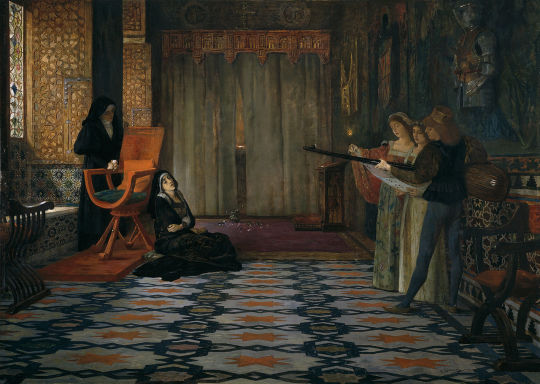
Vicente Palmaroli (Spanish) - Escena musical o Juana la Loca en Tordesillas (Ca. 1884-1885). Museo del Prado, Madrid.
#joanna of castile#19th century art#juana la loca#orientalism#art#grief#historicism#times' historical blorbo strikes back#vicente palmaroli#spain#romanticism
41 notes
·
View notes
Text




nothing like a highly dysfunctional academic department with a somewhat skewed take on trends within the field of literary criticism to make you feel like your entire identity is summed up by your dissertation!! you can read about these poor graduate students in my queer campus mystery novel Or Else at www.orelsemystery.com. one of them has gone missing and (spoiler alert!) another will soon be murdered...
(and the detectives investigating MIGHT be falling in love)
#queer lit#queer author#writeblr#writers on tumblr#mystery novel#academia#dark academia#indie novel#or else#or else mystery#literary criticism#presentism#historicism#queer theory
2 notes
·
View notes
Photo
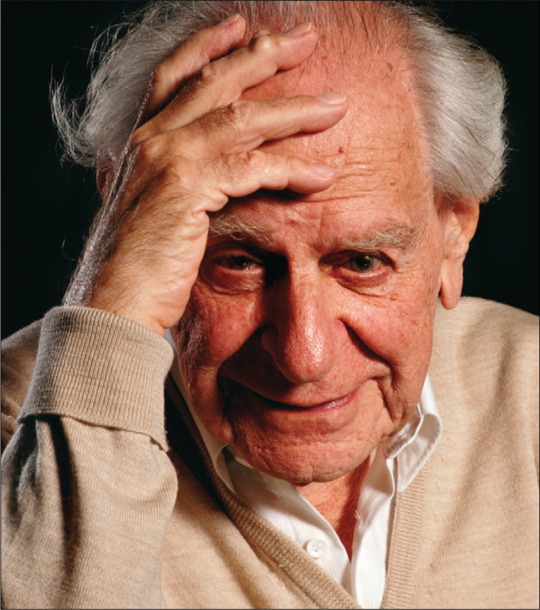
Why do all these social philosophies support the revolt against civilization? And what is the secret of their popularity? Why do they attract and seduce so many intellectuals? I am inclined to think that the reason is that they give expression to a deepfelt dissatisfaction with a world which does not, and cannot, live up to our moral ideals and to our dreams of perfection. The tendency of historicism (and of related views) to support the revolt against civilization may be due to the fact that historicism itself is, largely, a reaction against the strain of our civilization and its demand for personal responsibility.
- Karl Popper, The Open Society and Its Enemies - Vol 1: The Spell of Plato
#popper#karl popper#quote#philosophy#open society#civilisation#philosopher#society#perfection#abrogation of responsibility#historicism
66 notes
·
View notes
Text
"There is no law of progress, and everything will depend on ourselves. "
Karl Popper (1902-1994) British philosopher of science.
22 notes
·
View notes
Text
academic art
Academic art, a style prevalent in the 19th century, adhered to traditional techniques and subject matter, often depicting historical, mythological, or biblical themes. It emphasized realism, precise draftsmanship, and idealized forms, aiming to elevate the viewer's moral and intellectual sensibilities. Led by institutions like the École des Beaux-Arts in Paris, academic art set strict standards, which some saw as stifling creativity. Yet, its influence persisted, shaping the development of art education and laying the groundwork for later movements to rebel against its conventions.

flaming june by frederic leighton
#art#artist#european style#academic art#daily art#french#frech aesthetic#french style#historical#greek mythology#traditional techniques#realism#école des beaux-arts#paris#art education#19th century#romantacism#neoclassicism#dark academism#light academism#academism#l'art pompier#eclecticism#historicism#syncretism#painting#sculpture#european academic#french académie#moral and intellectual sensibilities
4 notes
·
View notes
Text

What if we called devastated historicistic Zagreb "post-industrial English Romanticism peak"?
#dark academia#art#romantic academia#books and literature#art history#historicism#earthquake#restoration#arhitecture#19th century
5 notes
·
View notes